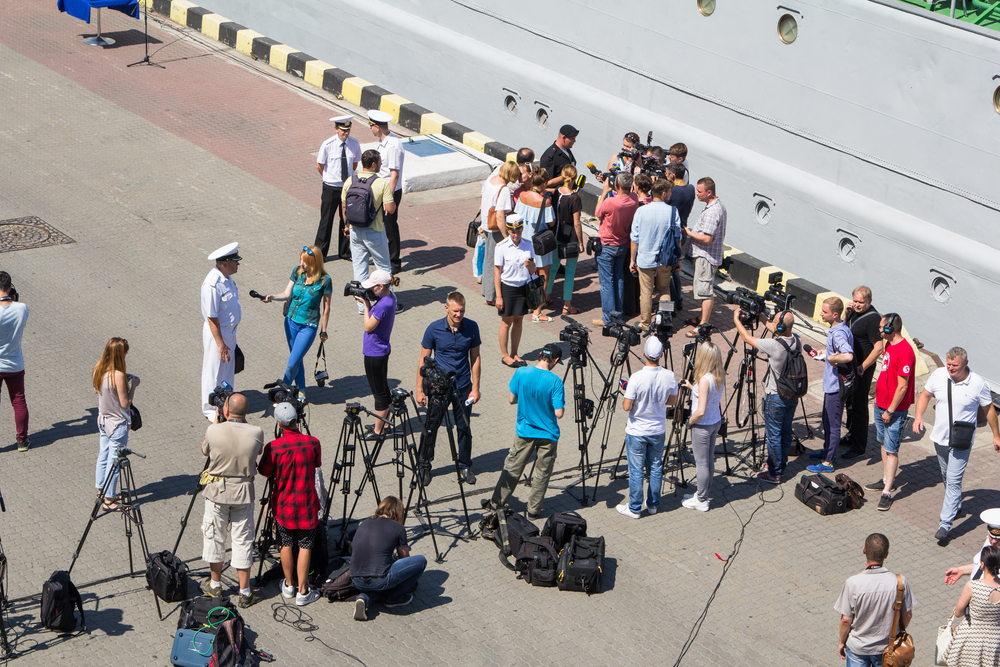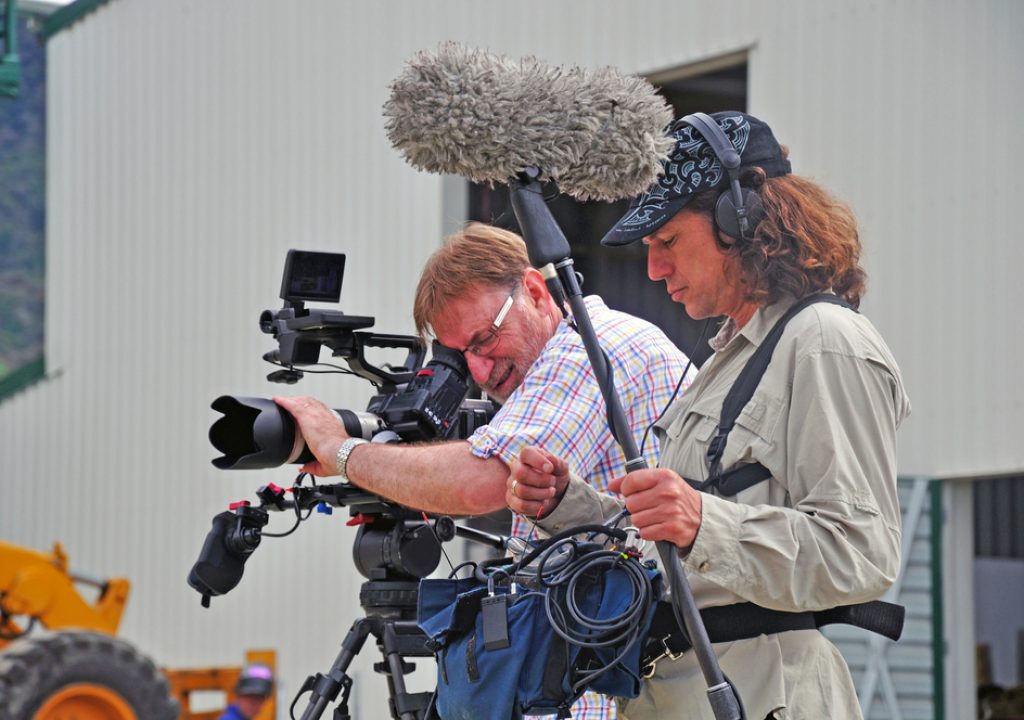
Editor’s Note: “28 Weeks of Post Audio” originally ran over the course of 28 weeks starting in November of 2016. Given the renewed focus on the importance of audio for productions of all types, PVC has decided to republish it as a daily series this month along with a new entry from Woody at the end. You can check out the entire series here, and also use the #MixingMondays hashtag to send us feedback about some brand new audio content.
Documentary sound utilizes all of the main elements typical to audio post – dialog, music and effects, however the application of those are very dependent on the type of documentary being made. Some are narrator driven, some are content driven, some feature sit-down interviews, others are run and gun candid scenes. Most are all of the above.
I’ve had the opportunity to work with many talented documentary filmmakers and their award winning films over the years. Subject matter has ranged from Auschwitz survivors “After Auschwitz” to two guys hitchhiking across the Sahara, “Hitchhiking to the Edge of Sanity”, from the drought affecting farmers in the US, “Next Year Country”, to the backstory of the creation of the “Best Worst Movie” feature film, Troll 2, to the children of Israel and Palestine, “Seeds” and many more wonderful true-life stories. Each project was a long time, labor of love, by the filmmakers. Each project was at least partially self-funded. And of course, each filmmaker wanted the best sounding film that was possible.

Often with docs, key moments are caught on the fly, a chance occurrence, or simply a happy accident. Quality location recordings are imperative. I cannot over stress the importance of location recordings for a documentary film. For instance, you’re shooting a hard hitting political doc about the military. You’re with a group of others after a press conference, quickly following a General and trying to catch an answer he throws over his shoulder as he moves away from you. If you’ve got a professional location recordist or a decent shotgun mic and a recorder you might be able to capture some usable audio. But if you are not ready, or not skilled, or your equipment consists of only a camera mic, you may be out of luck. You’ll never get that General, in that moment again. That sound bite is gone. Post may “fix it” by adding subtitles or narration to tell that part of the story, but the actual moment is lost to your doc and, in reality, also to history.
Good location audio for docs requires good gear and good practices. Since portable digital recorders are affordable and of excellent quality it should be part of a location kit. Also, buy good mics and good cables and treat them well. Buy the right kind of equipment for what you typically shoot. Don’t short change your audio kit. You wouldn’t think of going out without a great camera and great lenses and enough media to shoot the footage. Take the same care with the audio – only use good, versatile mics, a great set of headphones, great cables and have lots of batteries.
Typically, when doing television or narrative features, if there are audio issues on set, dialog replacement can help fix problematic recordings. We’ve all heard the cliché “we’ll fix it in post.” In many cases this can work, although as discussed in prior posts and as a general rule, this is a lousy approach to filmmaking. Due to the prevalence these days with reality TV, sub-titles have become more and more common. There was a time, in the not so distant past, that this was highly frowned upon. If audio moments are lost, due to any number of factors, now it is accepted practice that they can be spelled out for the audience if they are not a part of the recorded audio.
Documentary style films can take many forms. Some are semi-scripted, some are source footage, some are narrator driven – there is no single style for a documentary other than it is a non-fiction work. Typically, in a doc, as in most filmed content, the dialog track is of paramount importance. A lot of effort is placed on getting the dialog tracks right. It might involve heavy editing, noise reduction and use of alternate takes to get things as clean as can be.
In that instance, the filmmaker learned early on, that although he was able to construct a “paper edit” out of the transcriptions from the recorded conversations, the reality of the editing of that was quite different. In many cases, in these newly created sentences, inflections were completely off to match properly in editing. In other cases, takes were chosen from different times of the day, so blending birds with crickets and back was a very delicate edit and mix balance.
Every film, be it narrative or documentary, is a universe unto itself. In narrative features the opportunity exists to completely overhaul bad sound in post if need be. Documentaries do not provide that luxury. If you didn’t do a great job with the location audio, you may well end up with a project that will have to be read as much as it is heard.
This series, 28 Weeks of Audio, is dedicated to discussing various aspects of post production audio using the hashtag #MixingMondays. You can check out the entire series here.
Woody Woodhall is a supervising sound editor and rerecording mixer and a Founder of Los Angeles Post Production Group. You can follow him on twitter at @Woody_Woodhall
Rode NTG4+ Shotgun Microphone with Digital Switches and Built-In Rechargeable Battery
Order Today


